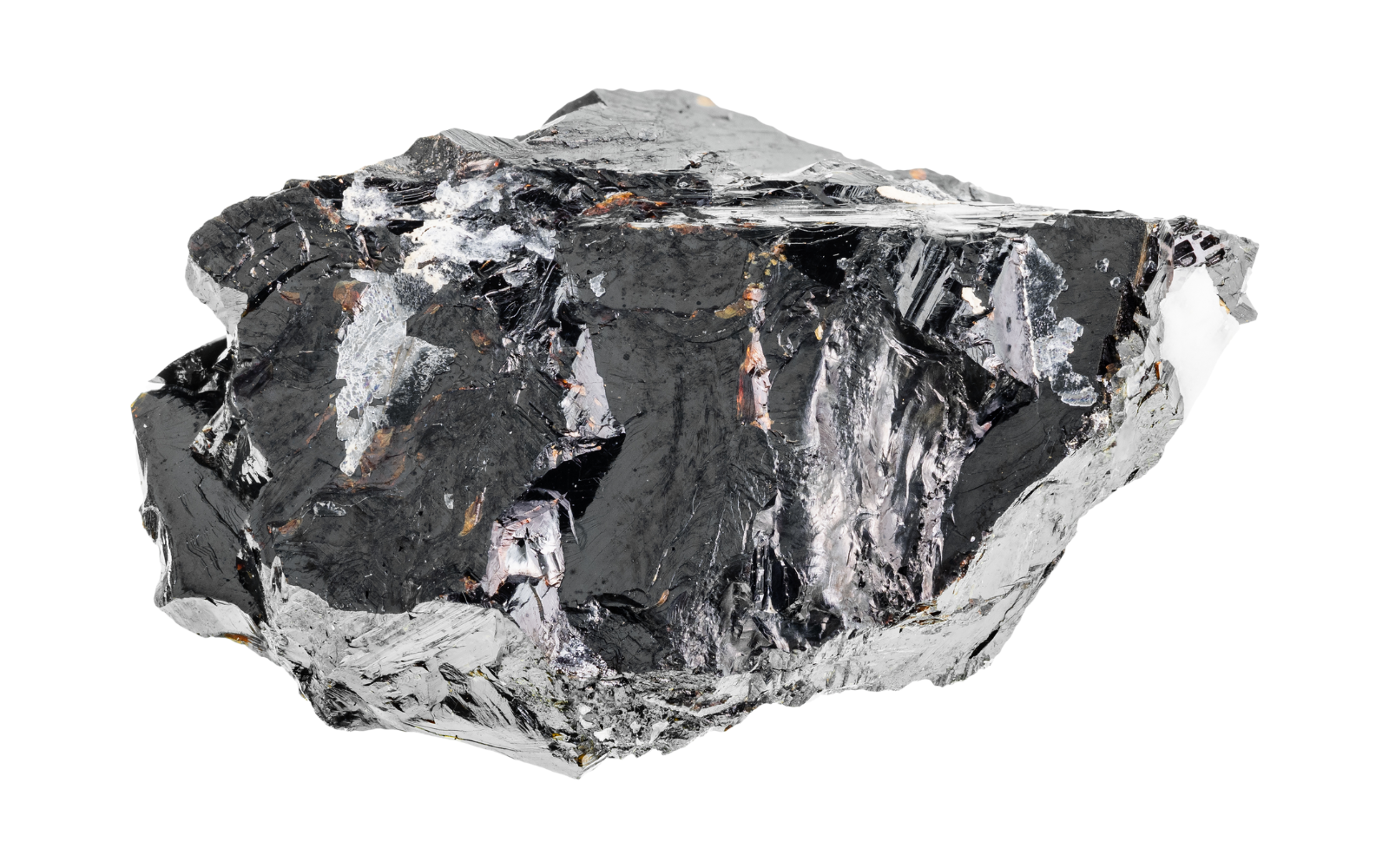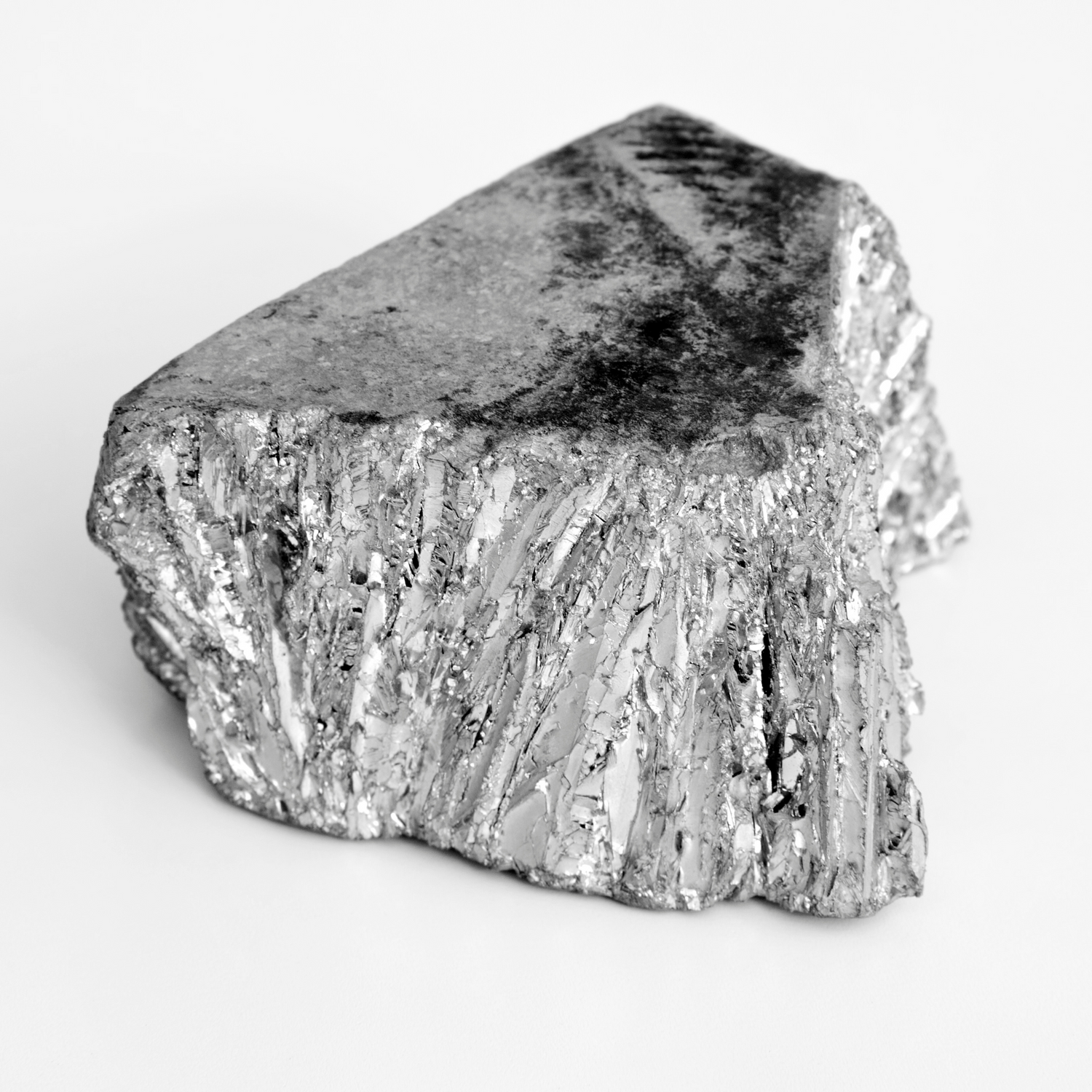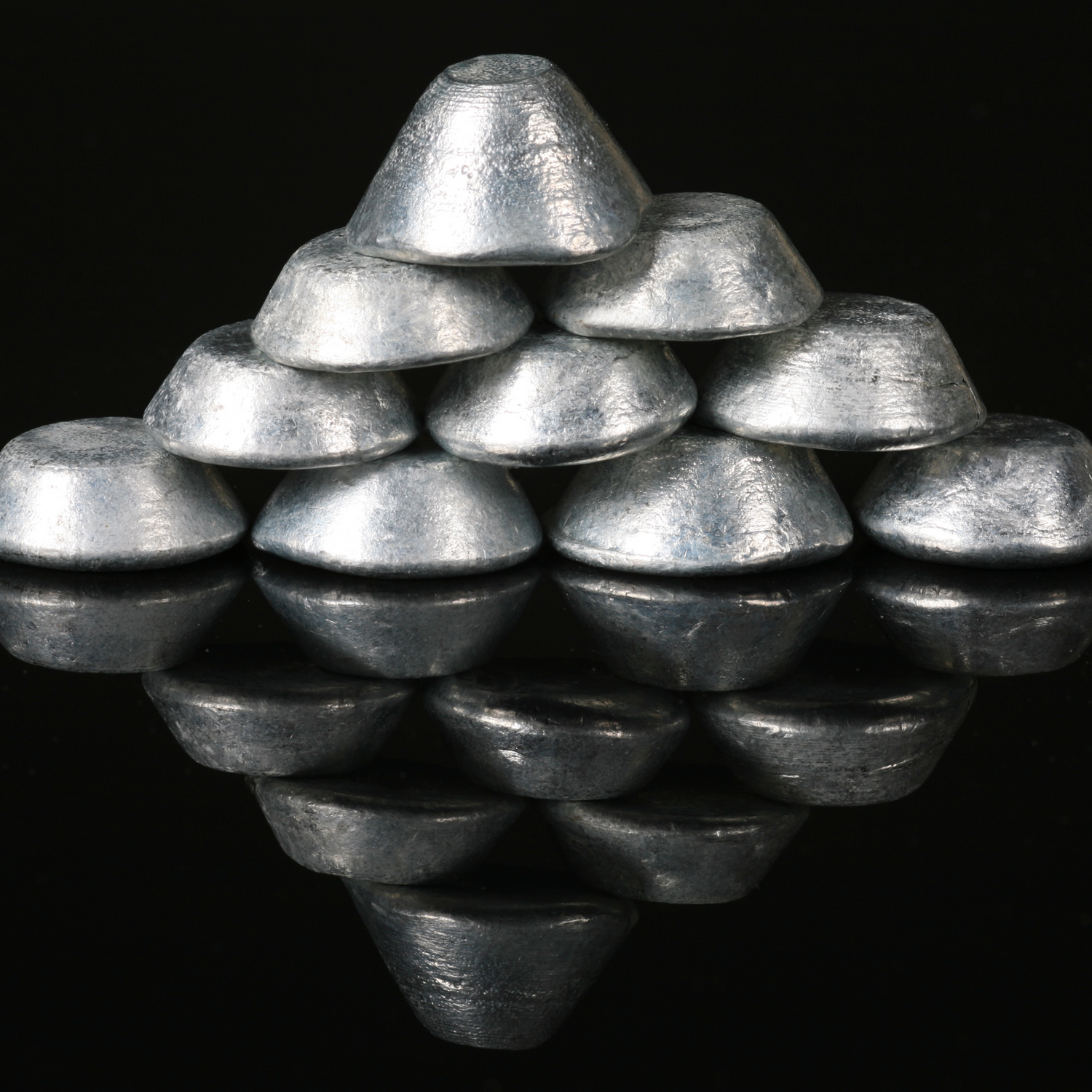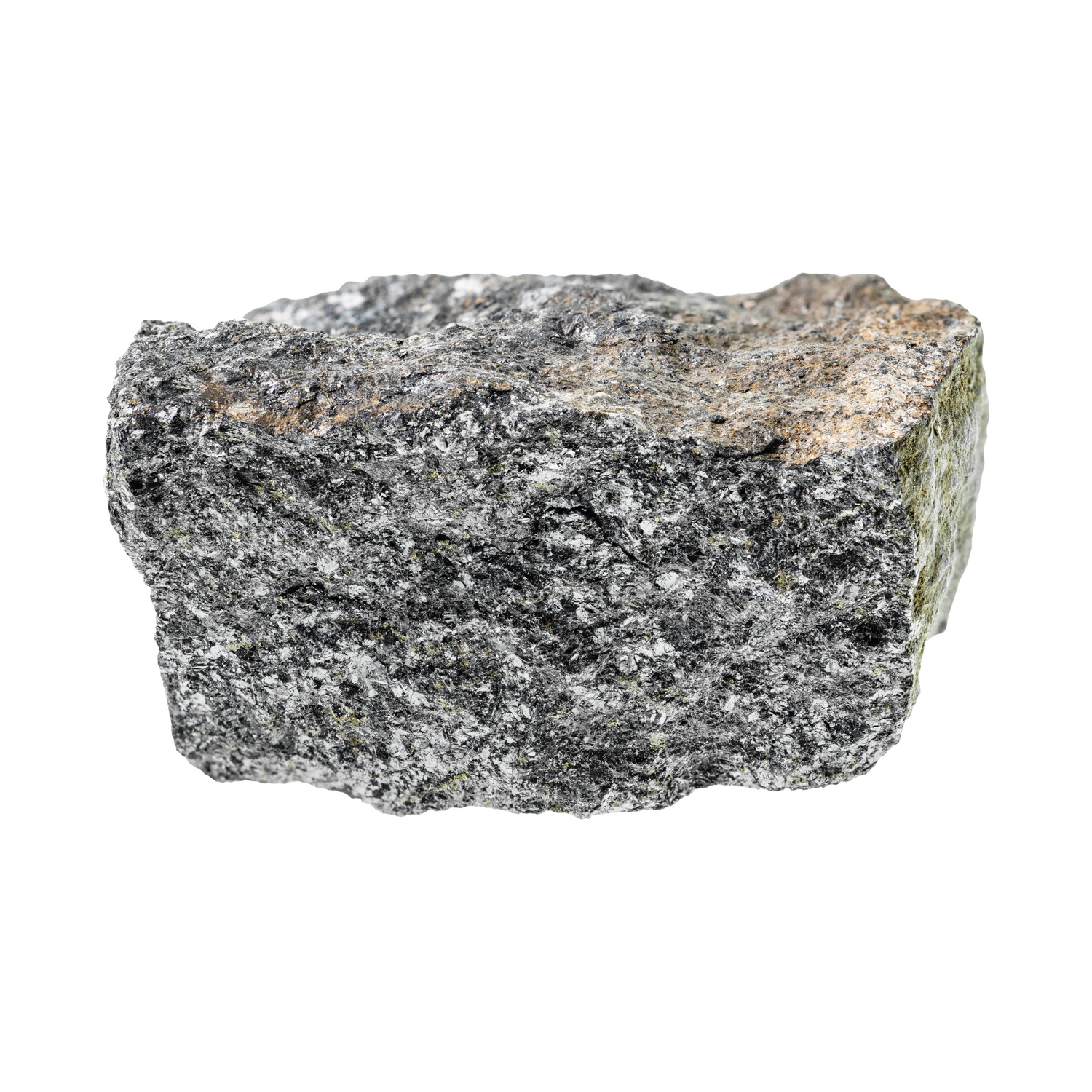
ZINC
A Vital Metal for Modern Industry and Sustainable Development
Introduction to Zinc
Zinc (Zn), with atomic number 30, is a bluish-white, lustrous metal known for its corrosion-resistant properties and versatility. As the fourth most widely consumed metal globally, zinc plays a crucial role in various industries, from construction and automotive to healthcare and renewable energy. Its unique characteristics make it indispensable in modern applications, contributing significantly to infrastructure development and technological advancements.

Geological Occurrence & Sources
Zinc is primarily extracted from mineral ores, with sphalerite (zinc sulfide) being the most significant source. Other minerals like smithsonite (zinc carbonate) and hemimorphite (zinc silicate) also contain zinc but are less commonly exploited.
Major Global Sources:
- China: Leading global producer, with extensive mining operations and significant reserves.
- Australia: Home to substantial zinc deposits, including the renowned Century and Mount Isa mines.
- Peru: A key player in the zinc mining industry, with rich deposits in the Andes.
- Canada: Notable for its high-grade zinc mines, contributing significantly to global supply.

Industrial Uses & Applications
Zinc’s versatility and beneficial properties make it essential across various sectors:
Galvanization:
- Corrosion Protection: Zinc is extensively used to coat steel and iron, protecting them from rust and extending their lifespan.
Alloys:
- Brass Production: Combining zinc with copper to produce brass, utilized in musical instruments, fittings, and decorative items.
- Die-Casting Alloys: Zinc alloys are favored in the automotive and electronics industries for their strength and durability.
Energy Storage:
- Batteries: Zinc-carbon and zinc-air batteries are common in various applications, including hearing aids and renewable energy storage solutions.
Healthcare:
- Nutritional Supplements: Zinc is vital for human health, supporting immune function and enzyme activity.
- Medical Applications: Used in ointments and creams to treat skin conditions and promote wound healing.
Renewable Energy:
- Wind and Solar Infrastructure: Zinc is used in making vehicles more lightweight and thereby more fuel efficient, as well as for corrosion protection in wind turbines and solar panels.

Market Outlook & Growth Trends
Current Market Dynamics:
The global zinc market has experienced fluctuations due to supply constraints and varying demand across industries. In 2024, the market faced a significant supply deficit, with mine production declining for the third consecutive year. The International Lead and Zinc Study Group (ILZSG) reported a 1.4% decrease in mine output from 2023, leading to a deficit of 164,000 tons.
Future Projections:
Despite recent challenges, the outlook for zinc remains positive. The International Zinc Association forecasts an annual consumption growth of approximately 700,000 tonnes by 2030, driven by energy transition initiatives and infrastructure development.
(Source: https://www.fastmarkets.com/insights/zinc-demand-expected-to-grow-this-decade-despite-soft-demand-supply-challenges-iza-director-says-lme-week)
Price Trends:
Zinc prices have been influenced by supply-demand dynamics, with recent highs due to tight supply conditions. Analysts anticipate that as mine production recovers, prices may stabilize, though ongoing demand from renewable energy and construction sectors could support sustained price levels.
(Source: https://www.reuters.com/markets/commodities/zinc-facing-supply-deficit-mine-output-falls-again-2024-10-09)

Notable Companies & Projects
Leading Companies:
- Glencore: A major player in zinc mining and production, operating assets like the Kidd Operations in Canada.
- Teck Resources: One of the world’s largest producers of mined zinc, with significant operations in Canada, including the Red Dog mine in Alaska and the Trail smelting complex in British Columbia.
- Hindustan Zinc: India’s leading zinc producer, contributing significantly to the global refined zinc market.
Key Projects:
- Prairie Creek Project (Canada): Developed by NorZinc Ltd., this high-grade zinc, silver, and lead project is located in Canada’s Northwest Territories.
- Pine Point Project (Canada): Owned by Osisko Metals, this project aims to revive the historic Pine Point Mine, focusing on zinc and lead resources.
- Selwyn Project (Canada): A proposed open-pit zinc-lead mine with a projected mine life of over 10 years, designed to process 35,000 tonnes of ore per day.

Quantum Critical Metals Zinc Projects
At Quantum Critical Metals, we are committed to exploring and developing zinc resources to support the growing demand for this essential metal.
Babine Project
- Location: Situated in the prolific Babine copper-gold porphyry district of north-central British Columbia.
- Project Details: Encompasses four strategically located claim blocks totaling approximately 4,635 hectares.
- Geological Highlights: The region is known for significant porphyry deposits and past-producing mines, indicating a rich mineral endowment.
- Exploration Focus: The project area has demonstrated potential for base metals, including zinc, in addition to its primary copper-gold targets. Historical exploration and geological surveys indicate the presence of polymetallic mineralization, which could contribute to Canada’s critical metals supply.

Why Zinc Matters for Canada and the Global Economy
Strategic Importance:
- Listed as a Critical Mineral: The Canadian and U.S. governments have both classified zinc as a critical mineral due to its essential role in manufacturing, infrastructure, and clean energy technologies.
- Supply Chain Security: With increasing geopolitical tensions and supply chain vulnerabilities, securing domestic zinc sources is crucial to reducing reliance on foreign production, particularly from China, which dominates global zinc refining.
Environmental and Economic Benefits:
- Sustainable Infrastructure: The use of zinc in galvanization enhances the longevity of steel structures, reducing maintenance costs and environmental impact.
- Energy Transition Support: Zinc’s role in battery technologies and renewable energy infrastructure will grow as the world shifts toward low-carbon solutions.
